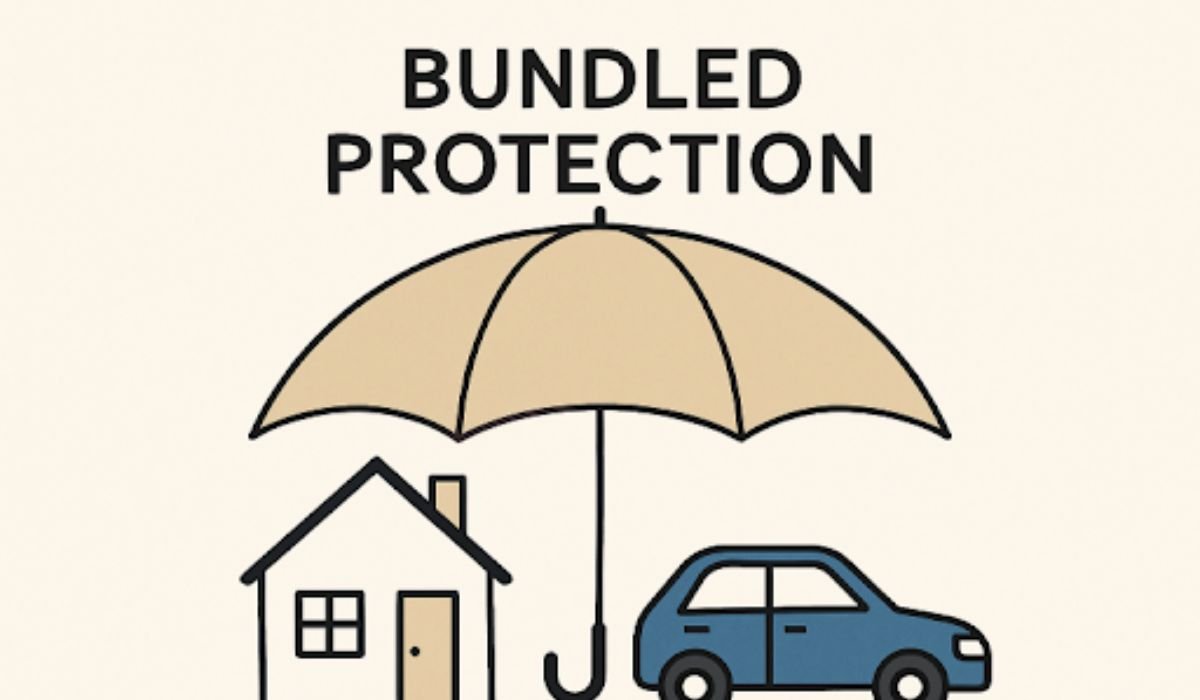Key Takeaways
- Bundling home and auto insurance can significantly reduce your total premiums.
- Combining policies leads to effortless management, with all documentation and contacts under one provider.
- Bespoke coverage extras and a more coordinated claims process become accessible through bundling.
Table of Contents
- Introduction
- Cost Savings
- Simplified Policy Management
- Enhanced Coverage Options
- Streamlined Claims Process
- Potential Drawbacks
- Conclusion
Introduction
Bundling your home and auto insurance can deliver more than just convenience—it’s a practical strategy to protect your financial well-being while streamlining your day-to-day life. Many homeowners are discovering that combining these policies with a single provider simplifies their insurance experience and can unlock meaningful savings. Before you decide, it’s essential to weigh the potential advantages and limitations to ensure you get the best value and protection for your unique situation. For those exploring this option, start with an AAA home and auto insurance bundle quote to see how much you could save and how easy insurance management can become.
As insurers compete for new business, bundling incentives has become increasingly attractive. Policyholders may enjoy custom coverage add-ons, streamlined billing and claims processes, and dedicated customer service—all with fewer headaches. Still, it’s critical to understand how these benefits apply in practice and to compare them across different insurers.
Cost Savings
One of the most persuasive reasons to combine home and auto insurance is the potential for meaningful cost savings. Insurers typically extend “multi-policy discounts” to policyholders who choose to bundle, offering reductions ranging from 10% to 25% off individual policy premiums. According to CNBC Select, these savings can amount to hundreds of dollars annually, providing meaningful relief in an era of rising housing and vehicle expenses. Some providers even feature bonus discounts for safe driving or claims-free histories when you have multiple policies under one roof.
Simplified Policy Management
Managing several insurance policies at once can feel overwhelming, particularly when balancing family, work, and personal responsibilities. Each policy has its own set of payments, renewal dates, and communication channels, creating a constant cycle of tasks that can easily lead to confusion or overlooked deadlines. Bundling home and auto insurance with one provider offers a streamlined solution to this problem. By consolidating paperwork, monthly bills, renewal notifications, and service contacts into a single account, bundling creates a centralized system that is far more convenient to manage. This reduces the stress of monitoring multiple accounts and provides peace of mind, knowing important details are organized in one place. Ultimately, bundling minimizes administrative burden, saves time, and ensures continuous protection by helping households stay current with payments and deadlines, while fostering confidence in their overall insurance management.
Enhanced Coverage Options
Bundled insurance often opens the door to enhanced coverage options at competitive rates. With policies under a single insurer, you may become eligible for upgraded riders or higher limits, which would be costlier on stand-alone plans. Examples include accident forgiveness for auto claims, home equipment breakdown coverage, identity theft protection, umbrella liability insurance, or emergency roadside assistance, all offered at preferential rates as a bundling customer. These perks can provide vital security and peace of mind, especially for families with diverse insurance needs. For additional insights into maximizing your bundled policies, consult reputable resources like CNBC Select.
Streamlined Claims Process
When unexpected disasters such as hailstorms, fires, or floods cause damage to both your home and vehicle, the benefit of having coverage with a single insurer becomes immediately apparent. A bundled home and auto policy consolidates the claims process into one streamlined experience, reducing paperwork, confusion, and the hassle of coordinating with separate companies. This efficiency shortens the time it takes to resolve your claim and ensures smoother communication from start to finish. Instead of juggling multiple adjusters and policies, you deal with one provider that already understands your situation and coverage. This single point of contact delivers greater consistency, clarity, and empathy during difficult times, easing recovery stress. Ultimately, bundling transforms a potentially overwhelming process into a more manageable one, allowing you to focus on restoring normalcy while your insurer handles the complexities behind the scenes.
Potential Drawbacks
Bundling insurance policies can be attractive, offering convenience, simplified billing, and upfront discounts. However, these perks can sometimes mask hidden drawbacks. In some instances, insurers may present reduced bundle rates but balance them out with higher underlying premiums, making the savings less significant than anticipated. Another consideration is reduced flexibility—being locked into a single provider may limit your ability to pursue better deals, tailor coverage, or adapt to new circumstances. Over time, this lack of choice could mean missing out on more competitive options elsewhere. To avoid this, an annual policy review is crucial. Comparing your bundled plan against at least two separate providers ensures your family’s needs are met without compromise. Additionally, some niche policies—such as classic car coverage, extended flood protection, or specialty riders—may not be included in bundles, requiring standalone policies for proper protection.
Conclusion
Bundling home and auto insurance has become popular for individuals and families looking for financial savings and convenience. By consolidating policies, you often reduce costs while streamlining paperwork, replacing multiple bills and renewal dates with one unified plan. In many cases, bundled packages also unlock enhanced coverage options, loyalty perks, or a more seamless claims process, helping households feel better protected and supported during stressful events. These combined benefits can deliver meaningful peace of mind, making bundling attractive to budget-conscious consumers.
Still, it’s essential to weigh potential trade-offs carefully. Sometimes, higher base rates or limited flexibility offset initial discounts compared to separate policies. That’s why reviewing your bundled policy annually and comparing offerings from several insurers is essential. By fully understanding what each provider includes, you maximize long-term value and ensure your coverage remains cost-effective and comprehensive.
YOU MAY ALSO LIKE: Why Your Small Business Needs Insurance Quotes Now

